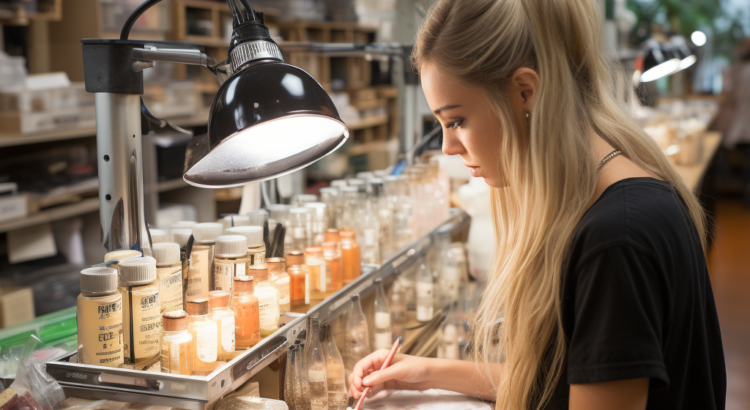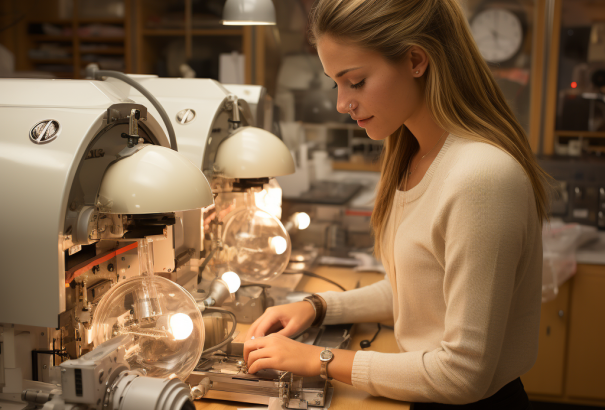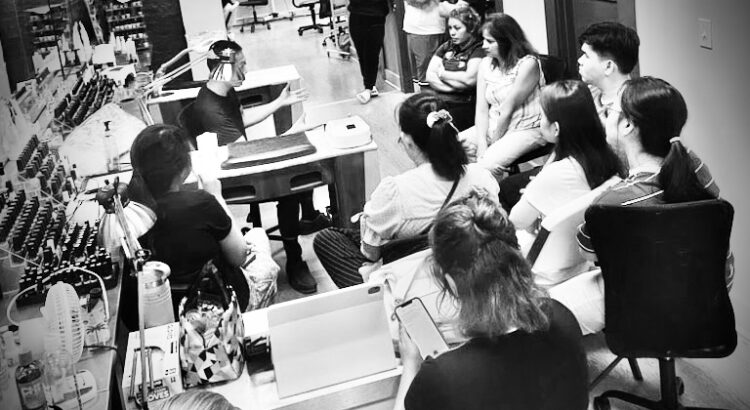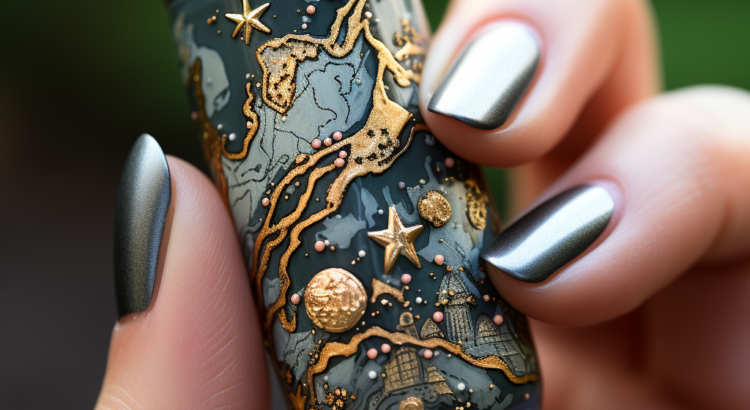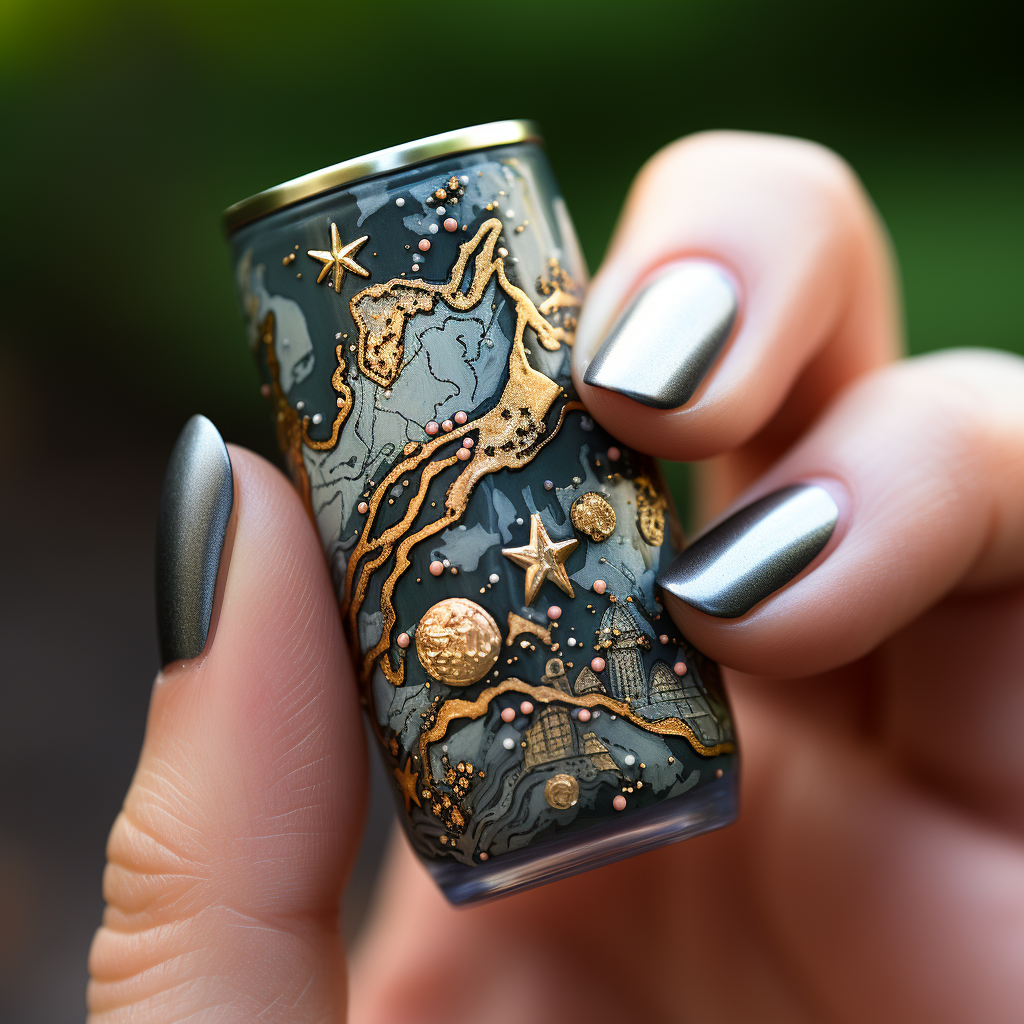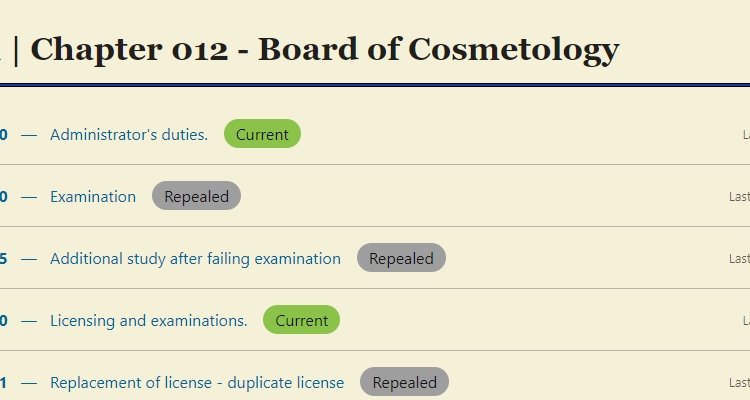In the beauty industry, where expertise and artistry often take center stage, safety and responsibility towards the environment often form the unsung heroes. At the Louisville Beauty Academy, this tune is sung a bit differently. Here, product safety and environmental responsibility aren’t just footnotes in the curriculum but fundamental pillars on which every student builds their professional journey.
1. Product Safety: More than Just a Label
Understanding Ingredient Lists and Potential Allergens:
Every beauty product is a concoction of various ingredients, each serving a purpose. At Louisville Beauty Academy, students aren’t just taught how to use a product, but to truly understand its composition. This deep dive into ingredient lists ensures that students can spot potential allergens and respond proactively, ensuring clients’ safety and comfort.
Proper Storage of Products to Prevent Contamination:
Beyond understanding a product’s composition, it’s imperative to store it appropriately. Products exposed to adverse conditions can degrade or become contaminated, reducing their efficacy and potentially harming clients. The academy emphasizes optimal storage conditions, ensuring that products maintain their integrity from the shelf to the skin.
2. Waste Disposal: Beyond Keeping the Salon Clean
Disposal of Sharp Objects, Like Razors:
In a profession that sometimes requires sharp tools, disposal becomes a significant concern. Improper disposal can pose a risk to other professionals, clients, and even the environment. Louisville Beauty Academy ensures students understand the gravity of this and trains them in the safe disposal of sharp objects, making sure they’re discarded securely and responsibly.
Safe Disposal of Chemicals and Products:
Many beauty products and treatments involve chemicals that, if discarded carelessly, can harm the environment. The academy champions the cause of responsible waste disposal. Students learn not just how to use products but also how to discard any residue or unused portions without harming the environment. This training reflects the academy’s commitment to producing beauty professionals who care for both their clients and the world around them.
Conclusion
At Louisville Beauty Academy, the mantra is clear: to be a true beauty professional, one must blend artistry with a profound sense of responsibility. Through its rigorous emphasis on product safety and waste disposal, the academy ensures its graduates step into the world not just as artists, but as ambassadors of safety and environmental responsibility in the beauty industry.
